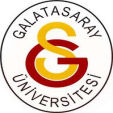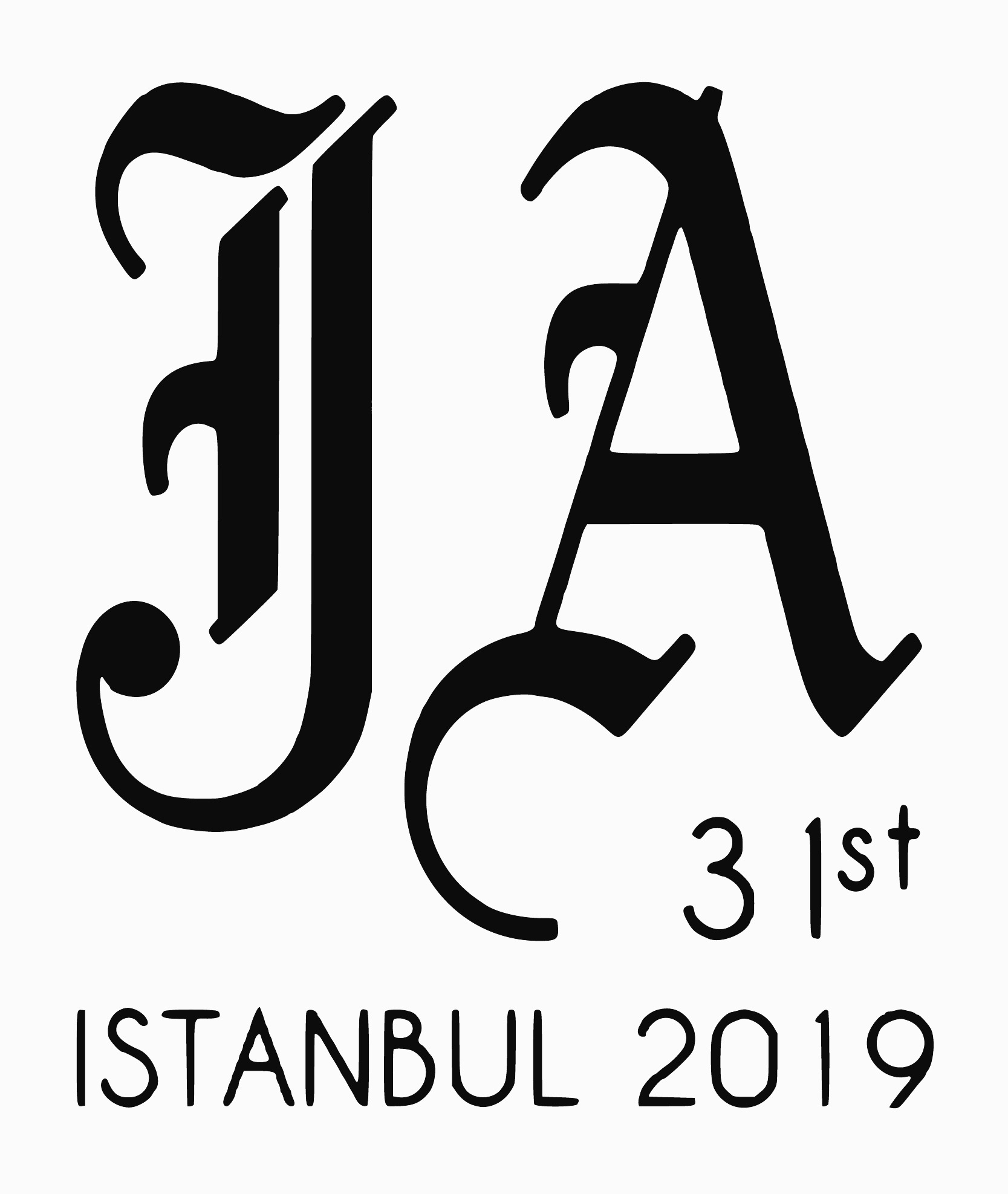Geometry of subanalytic sets and quantifier elimination
Mark Spivakovsky
Institut de Mathématiques de Toulouse, Fransa
The purpose of this talk is NOT to discuss the latest results in this subject but rather
to give an introduction to the theory of subanalytic sets and the spectacular progress made in
this theory in late nineteen eighties and nineties using ideas from model theory, particularly,
elimination of quantifiers.
A semialgebraic set in $\mathbb{R}^n$
is, by definition, a finite union of sets, each of which is defined
by finitely many polynomial equations and inequalities. The celebrated (and highly non-trivial)
Tarski–Seidenberg theorem asserts that the class of semi-algebraic sets is preserved by polynomial
mappings. In other words, the image of any semi-algebraic unde a polynomial mapping is
again semi-algebraic. We will expalin how to think of this result as a statement about elimination
of quantifiers in the theory of real closed fields (which is, indeed, how Alfred Tarski thought
of it in the first place).
Semi-analytic sets are defined in an analogous way, but using analytic equations and inequalities
instead of polynomial ones. However, the analogue of the Tarski–Seidenberg theorem
does not hold in this context, as can we will show by an example given by Osgood in 1915. The
failure of a semi-analytic Tarski-Seidenberg theorem led to an important new definition: a set
is said to be subanalytic if it is locally an image of a bounded semi-analytic set by an analytic
map. The theory of subanalytic sets was developed in the nineteen seventies by Gabrielov and
Hironaka, as well as by Lojaciewicz and the Polish school. One of the fundamental results is
due to Gabrielov and has a notoriously difficult proof: the complement of any subanalytic set
is subanalytic.
A major breakthrough came with a 1986 paper by Denef and van den Dries, in which they
found an appropriate substitute for the Tarski–Seidenberg theorem in the subanalytic case.
We will explain the proof of their theorem and show how it immediately implies Gabrielov’s
theorem, but also much more: any set which can be defined from a given subanalytic set using
$(�\varepsilon−\delta)$ formulas such as its complement, interior, closure, boundary, or any composition of those
operations in any order is again subanalytic.
Finally, we will briefly discuss more recent works on global subanalytic sets, o-minimal
structures and Pfaffian systems.


